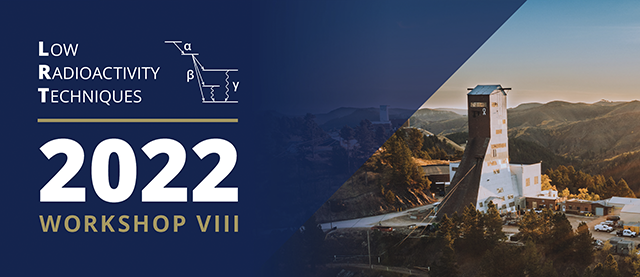Speaker
Description
Muon-induced neutrons can lead to potentially irreducible backgrounds in rare event search experiments. We have investigated the implication of laboratory depth on the muon induced background in a future dark matter experiment capable of reaching the so-called neutrino floor. Our
simulation study focuses on a xenon-based detector with 70 tonnes of active mass, surrounded by additional veto systems plus a water shield. Two locations at the Boulby Underground Laboratory (UK) served as a case study: an experimental cavern in salt at a depth of 2850 m.w.e. (similar to the location of the existing laboratory), and a deeper laboratory located in polyhalite rock at a depth of 3575 m.w.e. Our results show that less than one event of cosmogenic background is likely to survive standard analysis cuts for 10 years of operation at either location. The largest background component that we identified comes from delayed neutron emission from 17N which is produced from 19F in the fluoropolymer components of the experiment. Our results confirm that a dark matter search with sensitivity to the neutrino floor is viable (from the point of view of cosmogenic backgrounds) in underground laboratories at these levels of rock overburden. I will present details of the performed simulations and of the obtained results.

